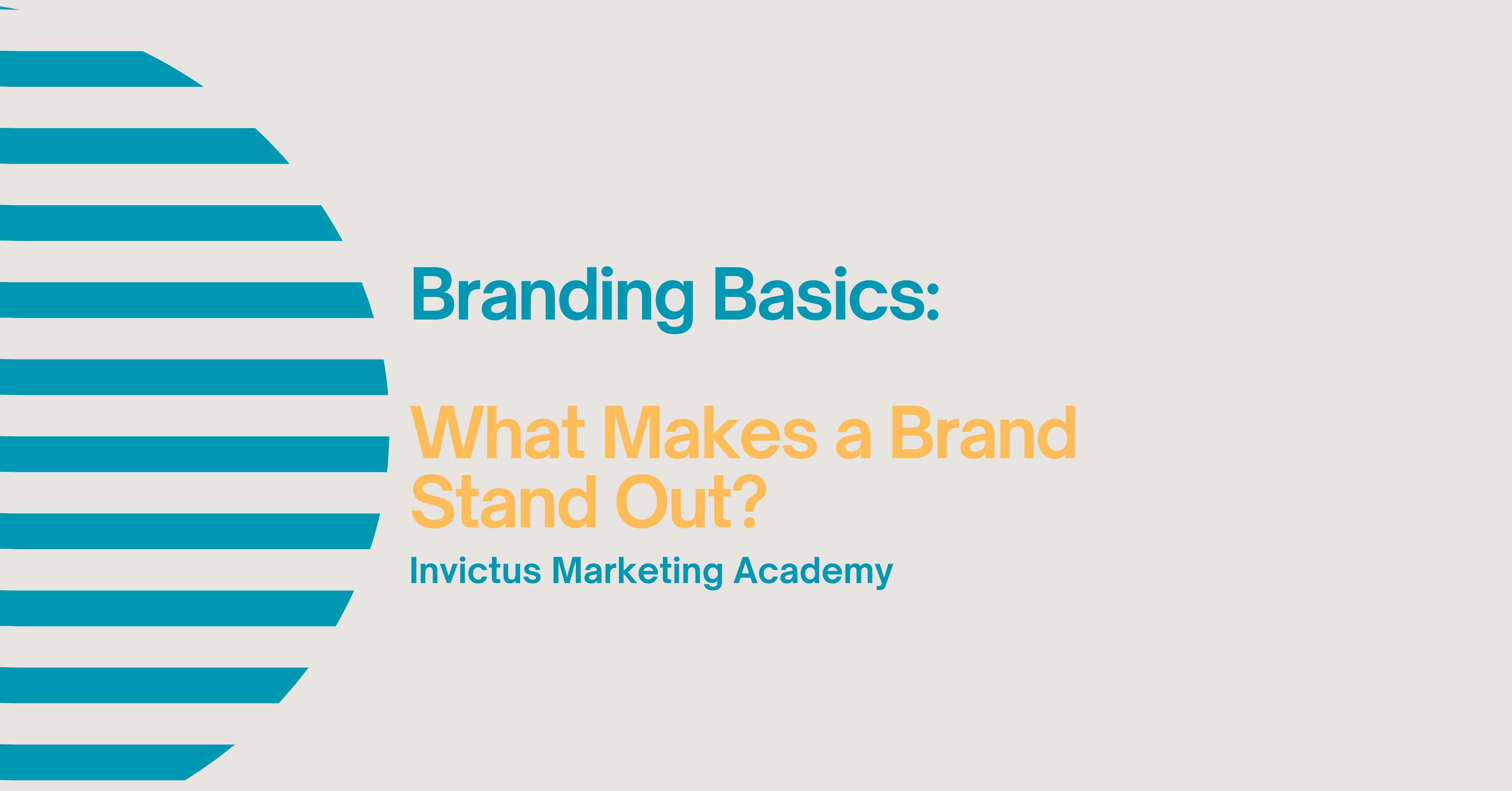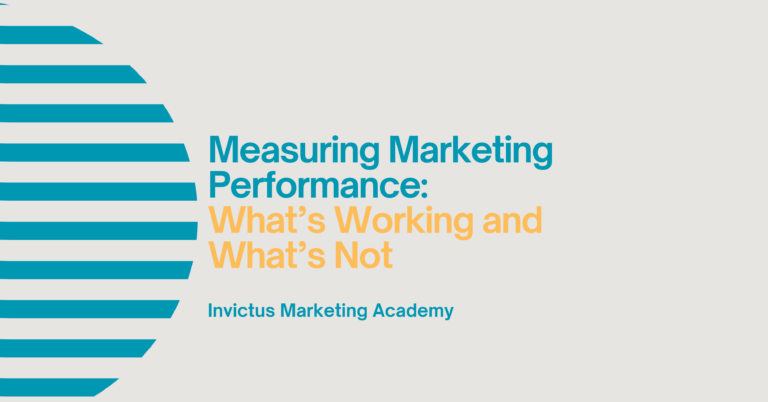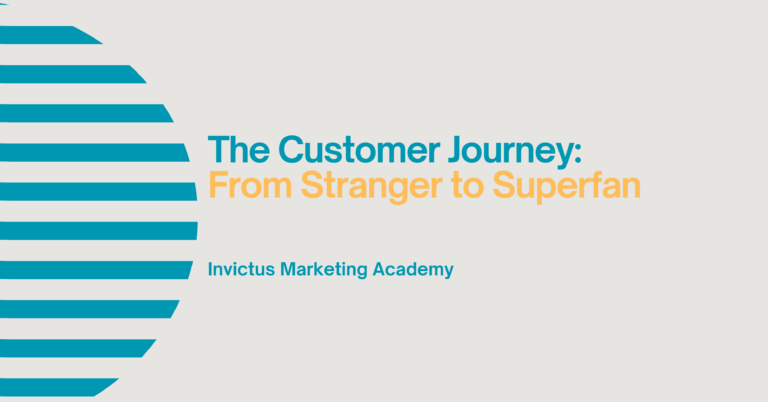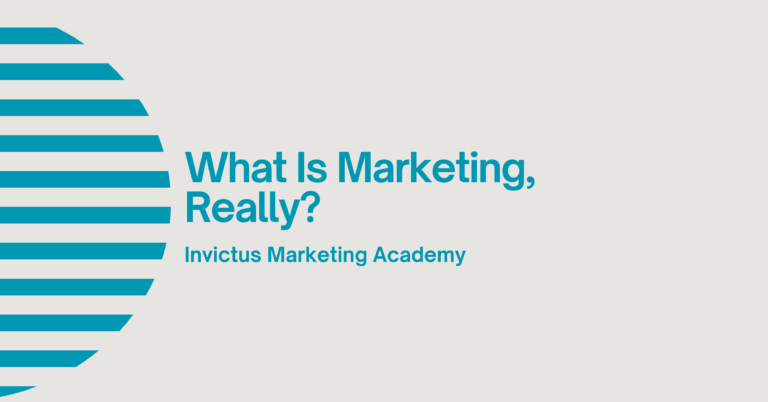Branding Basics: What Makes a Brand Stand Out?
When people talk about brands, they often mention logos, colours, or catchy slogans. While those are all visible parts of a brand, they’re really just the tip of the iceberg. Branding goes much deeper — it shapes how people feel about your business, what they expect from you, and how they talk about you when you’re not in the room.
In a crowded marketplace where customers are constantly bombarded with options, a strong brand is what helps you stand out. It’s not just about being seen. It’s about being remembered — and more importantly, being trusted. Good branding doesn’t just win attention; it earns loyalty.
So what actually makes a brand powerful, memorable, and meaningful?
What Is a Brand?
A brand isn’t just your logo or name. It’s the total perception people have of your business. It includes:
- What you look like (visual identity)
- What you say and how you say it (tone of voice and messaging)
- What you do and how you do it (customer experience and values)
- What people think and feel about you (reputation and trust)
Your brand is the sum of every interaction someone has with your business — from the first website visit to the moment they open your packaging, speak to your team, or see you mentioned online. It lives in the minds and emotions of your customers, shaped by everything from product quality to the tone of your customer emails.
A good brand isn’t just recognisable. It’s reliable. Customers know what to expect from you — and they come back because that experience delivers every time. Over time, that consistency builds a sense of familiarity, which is often the foundation of trust.
Why Branding Matters
In practical terms, branding does a lot of heavy lifting in your business. It’s not a nice-to-have; it’s a strategic tool that supports every area of your operations — from marketing to recruitment, pricing to customer service.
A well-developed brand:
- Differentiates you from competitors – Especially in markets where products or services are similar, branding becomes the key factor in the decision-making process.
- Builds trust and credibility – A consistent, professional brand signals that you’re serious, capable, and dependable. It gives customers confidence that they’re in safe hands.
- Creates emotional connection – People don’t always buy based on features or logic; often, they buy based on how a brand makes them feel.
- Supports pricing power – Strong brands can command higher prices because they’re seen as more valuable or more aligned with the customer’s identity.
- Drives customer loyalty – A clear brand identity builds relationships that go beyond transactions. People come back because they feel understood.
When branding is strong, people don’t just buy your products — they buy into your world. It becomes part of their lifestyle, their identity, and even their values.
The Key Elements of a Strong Brand
Branding isn’t something you leave to chance. It’s built intentionally, over time. While the process will vary depending on the size and stage of your business, here are the essential building blocks.
1. Brand Purpose and Values
At the heart of every strong brand is a clear sense of purpose — a reason to exist beyond just making money. Your brand purpose is your guiding “why”. It answers the question: What are we here to do for people, and why does that matter?
This purpose is supported by a set of values — the principles that guide how you behave, make decisions, and interact with the world. They influence everything from product design to how you respond to customer complaints.
Examples might include:
- Sustainability
- Innovation
- Accessibility
- Community empowerment
- Excellence in craft
Purpose and values provide depth to your brand. They help people feel a connection to your business that goes beyond products or services — they feel aligned with what you stand for.
2. Brand Positioning
Positioning is how you want to be perceived in the market, relative to your competitors. It’s not just what you offer, but how you’re different — and why that difference matters to your customers.
Strong positioning involves making deliberate choices about:
- Who you serve
- What problems you solve
- What you stand for
- What your offer represents in their lives
Are you the budget-friendly option? The premium expert? The creative outsider? The trusted local provider? Clear positioning makes decision-making easier — for both your business and your customers.
3. Brand Identity
This is the visual and verbal expression of your brand — what people see, hear, and remember.
It includes:
- Your logo and colour palette
- Fonts and design style
- Tone of voice and writing style
- Taglines or slogans
- Website, packaging, signage, and social media visuals
It’s your brand’s personality in action. A strong identity doesn’t just “look nice” — it reflects your values and positioning in a way that feels cohesive and authentic. Consistency is crucial here. Every touchpoint should look and sound like you — not like a generic version of what’s expected in your industry.
4. Customer Experience
Your brand isn’t just what you say — it’s what you do. Every customer interaction, no matter how small, reflects your brand promise.
That includes:
- How quickly you respond to enquiries
- The tone of your customer service
- The unboxing experience when a customer receives your product
- Your returns process
- The follow-up email after a service is delivered
Inconsistent service or disappointing experiences damage brand perception — even if your marketing looks polished. At its best, brand experience builds trust, credibility, and emotional loyalty. At its worst, it undoes everything your visual identity worked hard to build.
Branding in Action: A Small-Batch Coffee Roaster
Imagine you’re building a brand around a small-batch coffee roastery. Your vision isn’t just to sell coffee — it’s to promote ethical sourcing, celebrate craftsmanship, and build a sense of connection between farmers and drinkers.
Here’s how branding could shape your business:
- Purpose and Values: You source beans directly from independent farms and reinvest profits into sustainability initiatives. Your brand values include transparency, fairness, and slow, considered craft.
- Positioning: You’re not aiming to compete on convenience or price. You’re positioned as a mindful, artisanal alternative to big-name coffee brands — for people who care where their drink comes from and how it’s made.
- Identity: Your packaging is simple, warm, and elegant, using recycled materials and handwritten labels. Your tone of voice is friendly, passionate, and deeply knowledgeable — like a trusted barista with a story to tell.
- Experience: Every order includes a personal note and a seasonal coffee guide. Your social media content focuses on origin stories, brewing rituals, and café culture. When people interact with your brand, they don’t just feel like customers — they feel part of a shared movement.
The result? You’re not just selling coffee. You’re offering a feeling — a sense of belonging, purpose, and pride.
Common Branding Mistakes
Even the best businesses can slip up when it comes to branding. Here are a few pitfalls to avoid:
- Inconsistency – If your tone, style, or visual identity changes from one platform to the next, customers can’t form a clear mental picture of who you are.
- Copying competitors – Trying to look or sound like someone else often leads to a watered-down brand that blends in instead of standing out.
- Neglecting experience – If your product or service doesn’t live up to the expectations set by your brand, trust breaks down — and it’s hard to win back.
- Frequent rebrands – Changing your logo, name, or identity too often without a clear reason can confuse your audience and erode brand recognition.
Strong branding isn’t about constant reinvention. It’s about showing up with clarity and consistency over time.
In Summary
Branding is not about decoration — it’s about definition. It defines who you are, what you stand for, and why your customers should care. It’s the glue that holds your marketing together and the lens through which your audience sees everything you do.
When done well, branding becomes one of your most powerful business assets. It earns attention, builds trust, commands loyalty, and allows you to grow with purpose. More than a logo, more than a campaign — it’s your story, your promise, and your impact.
If marketing is how you reach people, branding is why they remember you.






